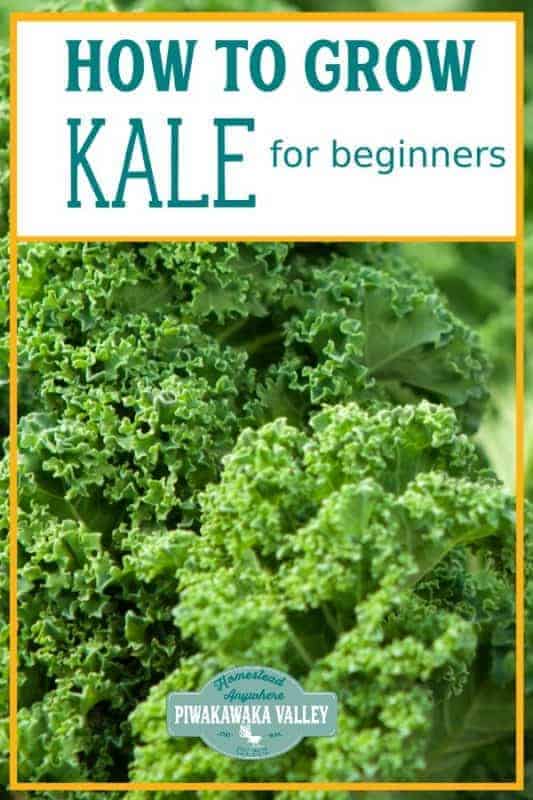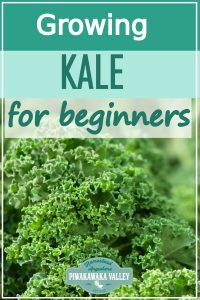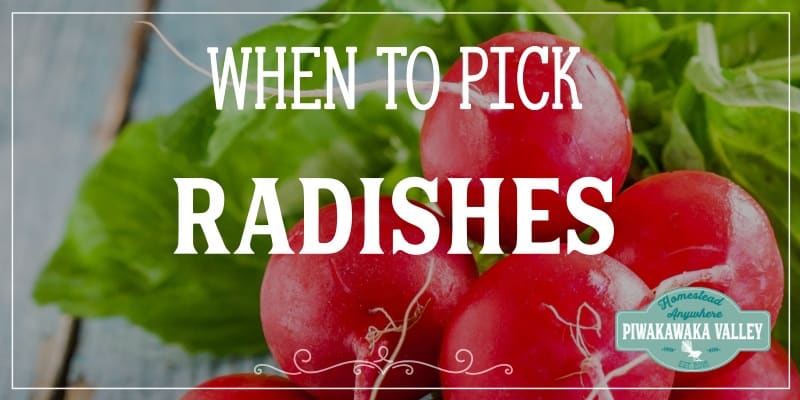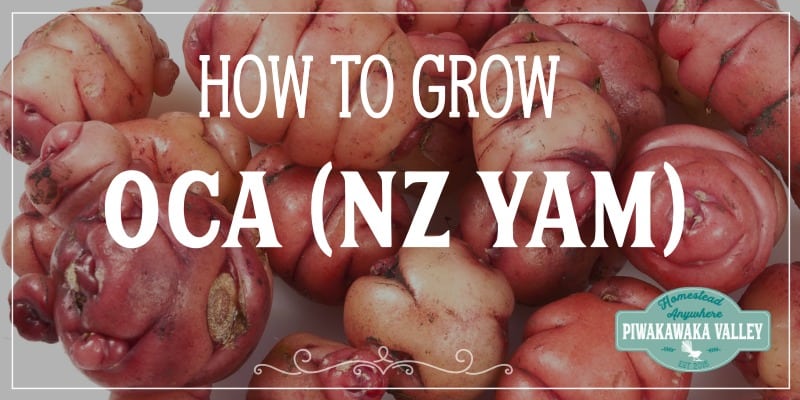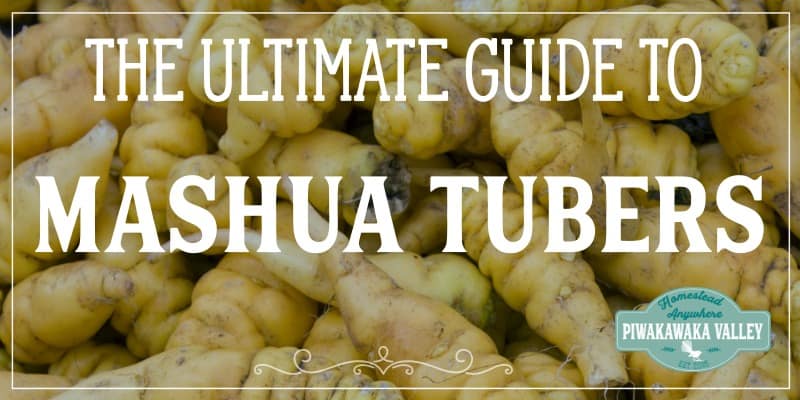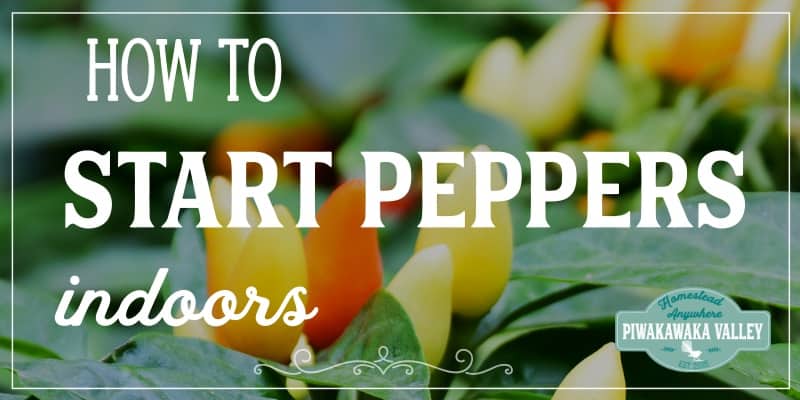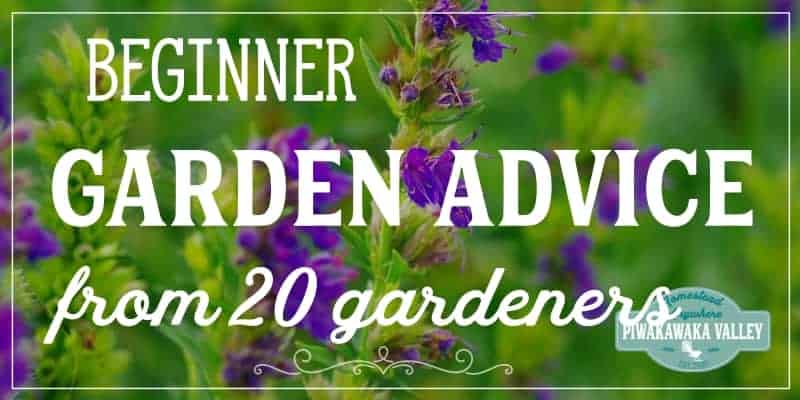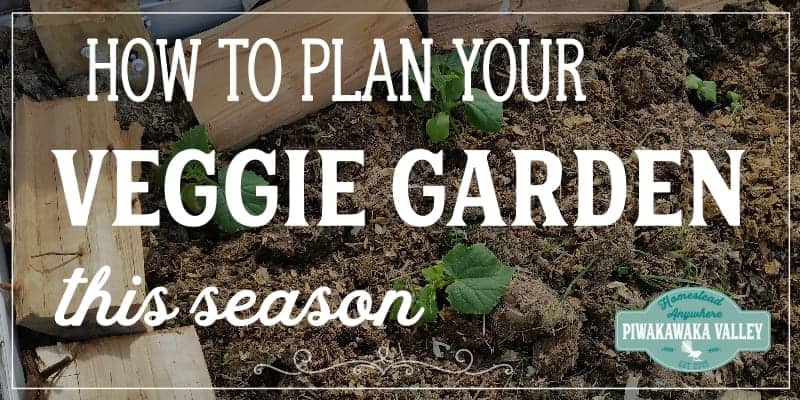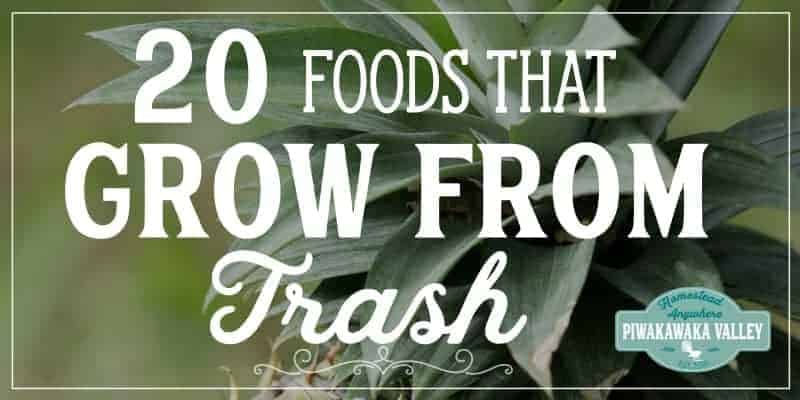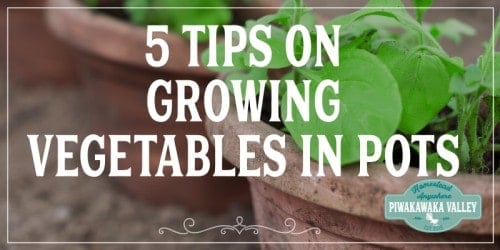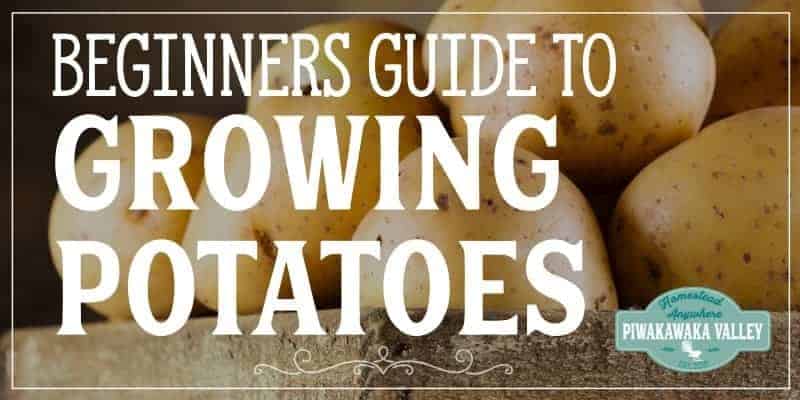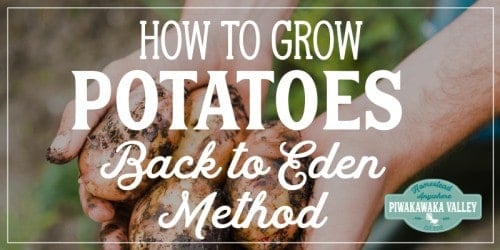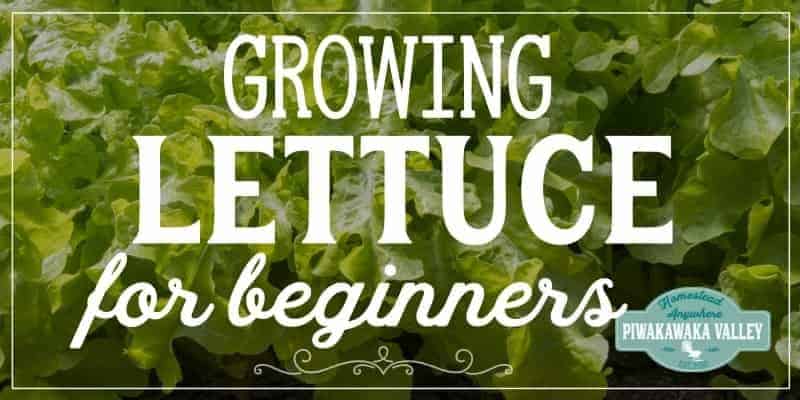This post was most recently updated on March 10th, 2021
Kale is truly the superfood of the decade. And, for good reason. Kale is a leafy green plant that is chock full of nutritious goodness. While many people have only been introduced to kale in the last few years, Kale has actually been around for a very long time and it is very easy to grow at home. In this beginners guide for growing kale in your garden will show you how you can grow your own kale at home.
Please read: This information is provided for educational purposes only and is not intended to treat, diagnose or prevent any disease. We encourage you to make your own health care decisions in partnership with a qualified health care professional.
This post contains affiliate links, this means at no extra cost to you, we make a commission from sales. Please read our Disclosure Statement
History of Kale
Kale has been around for almost 2000 years! In fact, Kale grew to popularity during the middle ages when it became one of the most eaten vegetables.
Kale became an easy plant to grow because it is naturally very resistant to frost.
Kale was brought over to the United States sometime in the 19th century. Kale became an important part of wartime diets because it offered a nutrition that was both hearty and easy to grow.
RELATED: Free Gardening Resources
Different Types of Kale
There are several types of Kale. Here are some of the most popular:
Curly Kale
This is by far the most popular kale. It is the kale you are most likely to see at your grocery store. It has a strong peppery flavor.
Lacinto Kale
This type of much more narrow and wrinkly. It is very flavorful but a bit more astringent tasting.
Russian Kale
This type of kale is a bit rarer. It almost looks like arugula and has the most beautiful red and purple leaves. It is a bit sweeter with hits of pepper.
Redbor Kale
This kale is perhaps the most stunning. It has ruffled leaves that are a deep red and sometimes purple. This type of kale is not used as much for eating but rather for decoration and garnish.
How Easy is Kale to Grow?
Kale is one of the easiest cabbage plants to grow. This is because it is very hardy, it is cold resistant, and extremely resilient.
Young kale plants do need to be protected from severe cold with a cover. Kale will continue to grow from spring until the heat of summer gets too much for these cold loving plants.
But, if you plant kale in late summer, your plant will have a more delicious, sweeter taste.
Where to Plant Kale
Always plant kale in well drained and light soil. Make sure your kale will get plenty of sunlight.
Also, it is good to note that kale likes being planted near beets, cucumbers, onions, spinach, and strawberries.
How to Grow Kale from Seed
Plant your kale seeds about 6 weeks prior to the last freeze. This will give allow your kale plants to mature before summer’s worse heat.
When to Plant Out Kale Seedlings
It is best to plant kale seedlings in the early spring to allow them to mature before the hot summer heat gets too much for them. You can also plant kale in late summer and harvest before the first frost.
If you are new to gardening, or want some support and knowledge getting a garden started, let me help!
Growing Kale in Containers
Kale can grow beautifully in containers. It is a good idea to put some fertilizer in the bottom of your container and space the kale about 18 to 24 inches apart.
Remember, your kale leaves will grow bigger and better if they have space.
Protecting Kale from Bugs Organically
Luckily, kale does not attract many pests. It is a good idea to rotate kale crops to help discourage any diseases.
Also, make sure to watch for cabbage worms/caterpillars. Try to control these worms by picking them off when you see them.
You can also keep them covered by a floating row cover. This should eliminate the problem completely.
How Long Does It Take from Sowing to Harvest?
On overage, a kale seed needs about 55 to 75 days to mature.
Once you transplant your seeds, you can expect to harvest your kale plant in about 30-40 days.
How Do I Know Kale is Ready to Eat?
Kale is ready to be harvested when the kale leaves are about the size of a hand. Only harvest one fistful at a time from the bottom rows of leaves.
Never pick the terminal bud at the middle top of the plant because that will keep the kale from producing over and over again.
You can keep harvesting the bottom leaves and kale will just keep growing more at the top all Winter.
How to Best Store Kale?
Kale can be stored similarly to other leafy greens. Put your kale in a plastic bag and place it in a refrigerator. Kale can easily last a week, sometimes longer.
Kale can also be frozen. This is a good way to make sure you always have it on hand for smoothies. Lie your kale on a cookie sheet and place in freezer. Once frozen, store in a freezer bag for several months.
Dehydrated kale can make a great snack. Simply place the kale on your dehydrator trays and turn the machine on to 125 for 8 to 10 hours.
If you would like help getting the most out of your garden, I would love to help you, find out more here
RELATED: Free Gardening Resources
If you like tips on frugal living, self sufficiency and consuming less, sign up to our newsletter below, I would LOVE to have you
For further reading, I also recommend all of these books. I own every one of them and they are amazing resources!

